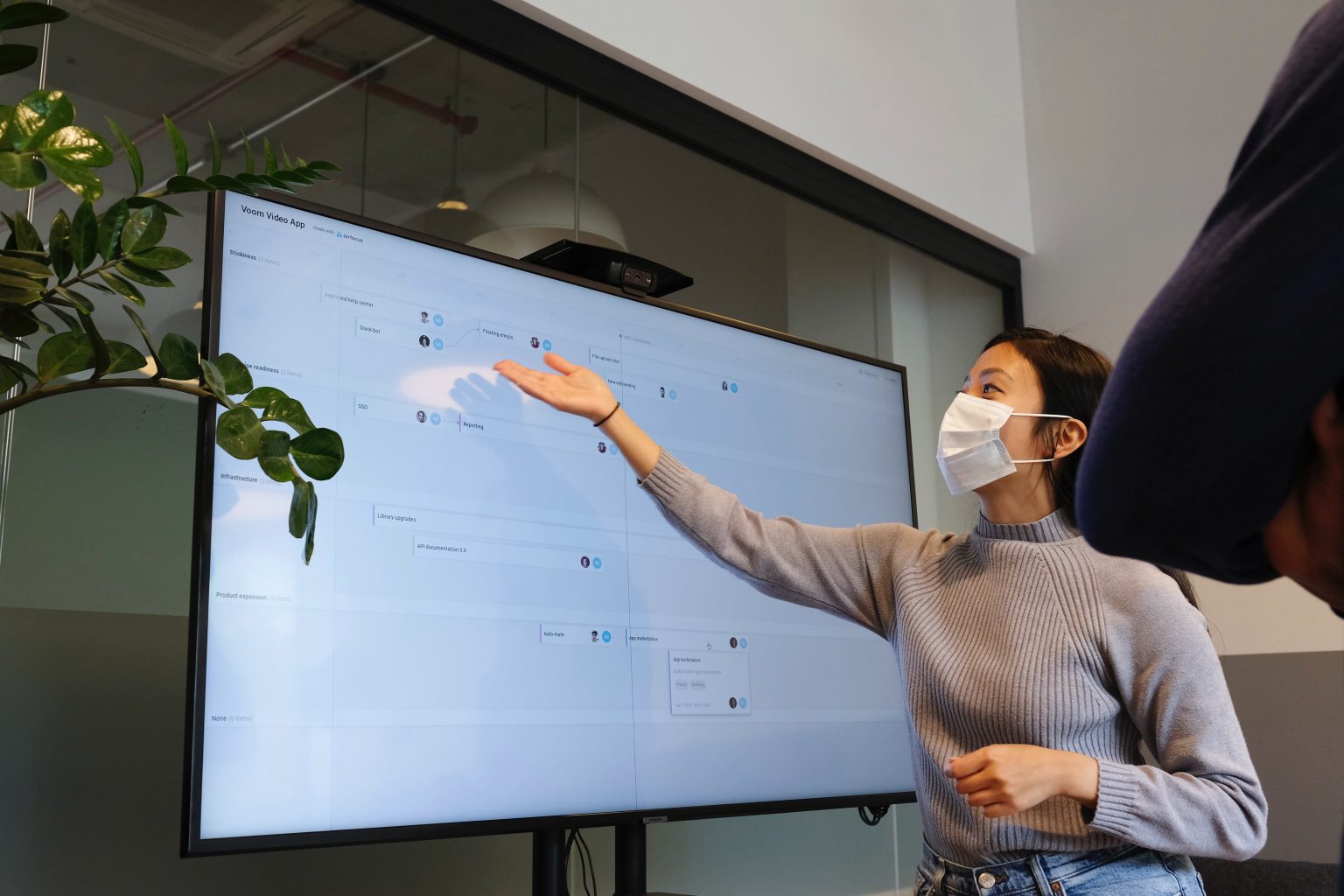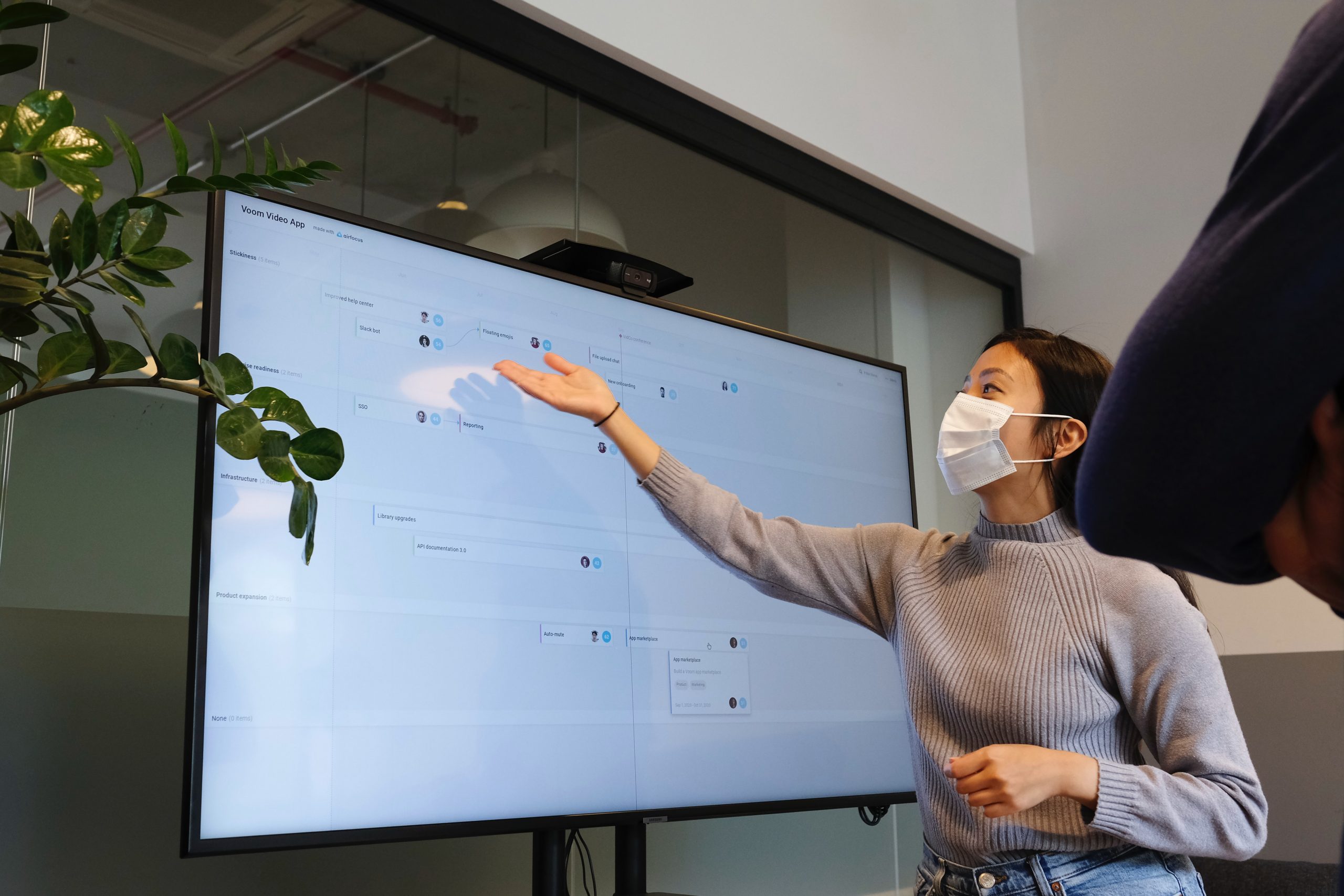Dr. Cynthia Cameron is the newly appointed Keenan Chair of Religious Education and Assistant Professor of Religious Education in the Faculty of Theology. Prior to coming to St. Mike’s, she taught undergraduate students at Rivier University and graduate students at Boston College and Loyola University New Orleans. Her research focuses on adolescence, particularly female adolescence, and the history and mission of Catholic schools.
Pandemic Safety and the Classroom

“I don’t want to see my students as threats.”
This was the anguished comment from a Catholic high school theology teacher in a graduate religious education course last summer, in the midst of the COVID-19 pandemic. We were discussing the challenges and opportunities presented by teaching during the pandemic and, in particular, the possibility of Catholic high schools returning to face-to-face instruction in the fall of 2021. This student’s entreaty struck a chord with the class.
On some level, this reflects a common problem in schools. The busyness of planning for in-person teaching leads to a tendency to treat students as pieces in a complex puzzle. The task for educators is to figure out how to arrange the pieces so that students can be in classrooms efficiently and, now, safely. A rather de-humanizing perspective on the young people in our classrooms.
But, more importantly, these teachers were reflecting on how the push to in-person instruction— often decided on without much input from the teachers themselves—made them feel unsafe. The students, as potential carriers of the coronavirus, were threats to the physical safety of teachers. At this point in the pandemic, at least in the United States, it seemed that children and adolescents contracted the virus at lower rates and tended to suffer milder cases of COVID when infected. Which was, of course, good news. However, teachers are adults and, as such, were at greater risk from the virus. And, teachers were being asked to take on this significant risk in order to teach in a face-to-face environment. All over the US, some teachers decided the risk was too great, that their students were a threat, and some even left their jobs.
For the students in my class—all dedicated, but relatively novice, Catholic high school teachers—this led to a fascinating conversation about how we think about, talk about, and treat the adolescent students in our classrooms in a time of pandemic. What happens when we think about our students as threats? How can this not change the ways that we relate to them? And how can Catholic theological anthropology guide us in resisting this kind of thinking?
Theological anthropology is the branch of theology that wonders about what it means to be a human person created by God and in relationship with God and others. This is where the Church reflects on the meaning of our humanity. The two doctrines that most often come up in contemporary Catholic theological anthropology are that we are created in God’s image and that God took on human form in the person of Jesus. The first of these doctrines—that we are created in God’s image (Genesis 2:26-27)—suggests to us that there is something about humanity that reflects the reality of the divine, that we are like God in some way, that humans reveal in some small and imperfect way what God might be like. And, importantly, since God created humanity in God’s own image, humanity is fundamentally good. The second doctrine—that God became human in Jesus (John 1:14)—also points to this fundamental goodness in humanity. For God to take on the human condition suggests that God thinks highly enough of the human condition to be concerned for humanity. In Jesus, God is telling us that humanity is taken on by God, loved by God, and saved by God. So, drawing from these two doctrines, we can be comfortable saying that humans are created by God and loved by God and that there is goodness in our humanity.
But humans have historically struggled to act as if we are fundamentally good. We don’t always treat one another and ourselves in ways that reflect our theological commitments to the fundamental goodness of humanity. And, since teachers, even Catholic school teachers, can fall into this trap just as easily as anyone else, I often ask them to reflect on this question: “Are your students basically good or basically bad? Are they good kids who occasionally mess up or are they little monsters who need to be whipped into shape?” How a teacher answers this question reveals a great deal about how they will relate to their students. And, in my experience, the vast majority of teachers view their students as fundamentally good human beings, even when they are difficult or annoying.
But, how is this positive vision of the human person disrupted when the students become unintentional threats to the lives of the teacher? How are we to maintain and live out a conviction that they are fundamentally good if we are afraid of them? Does our conviction that they are fundamentally good mean that we have to ignore the threat that they may pose?
I don’t have any answers for my student or for any of us who found ourselves fearing our fellow human beings and the risk that they posed to us simply by existing alongside of us. On the one hand, the gradual reopening of things that has accompanied increasing vaccination rates in 2021 has started to lessen the need to think of my fellow human beings as a threat to my health and safety. On the other hand, as it has done with so many other issues, the pandemic has revealed to us the ways that we fail to live up to our theological ideals. The fact that we did think of our fellow human beings as threats is a challenge to all of us to think about what it means to love our fellow human beings, who are created by and loved by God, who are fundamentally good.
Read other InsightOut posts.

